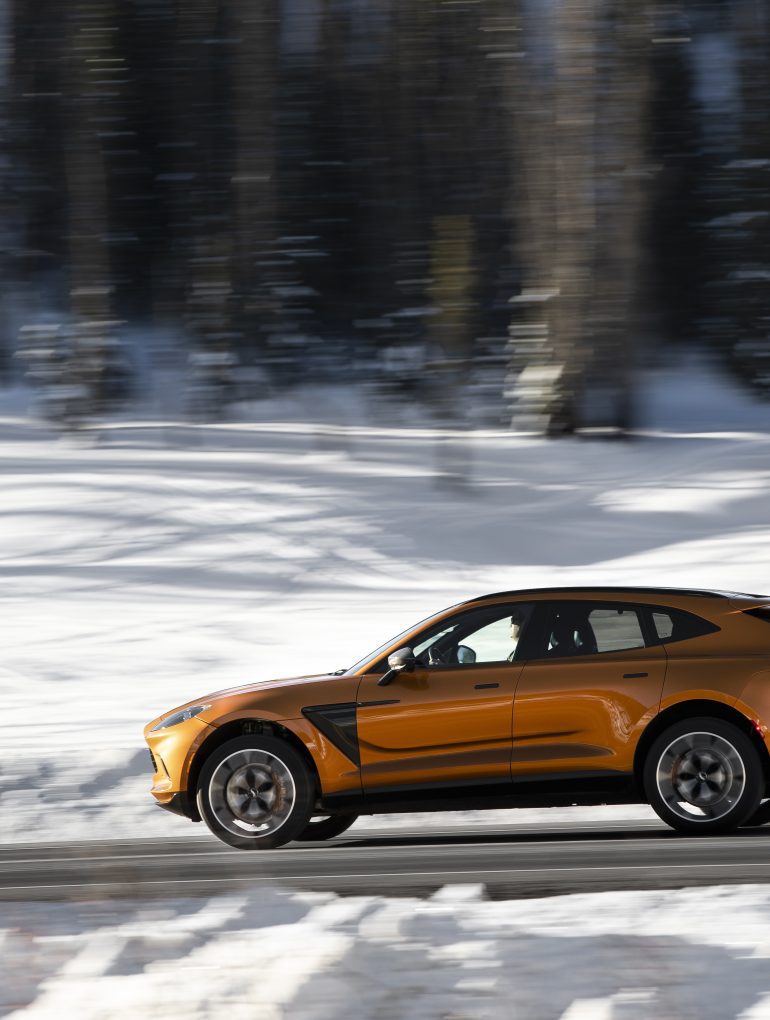If you go back just 20 years ago, the SUV was still gaining traction as the preferred vehicle of many Americans and even some Europeans. Supercar manufacturers at the time were not realistically even looking at SUVs, while a few luxury brands had their own staple SUVs such as Land Rover and Audi with their Range Rover and Q-series, respectively. Then, amidst all of the releases of cars such as the Ferrari 458 Italia and the Lamborghini Gallardo, a quaint little German sports car maker by the name of Porsche brought forth the first true Super-SUV, the Cayenne.
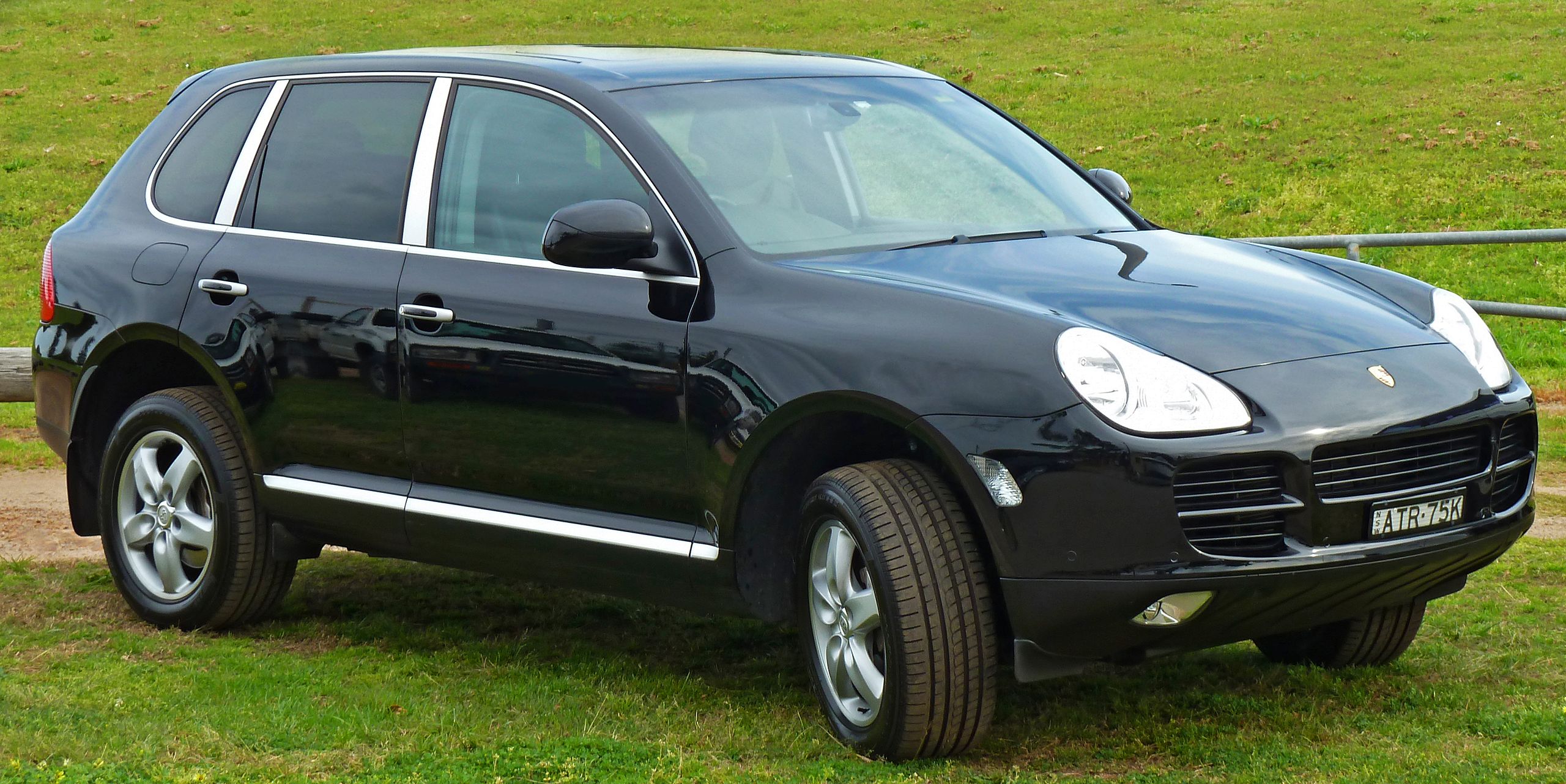
Fast forward to 2022, and if you are a high performance brand or luxury carmaker without an SUV, you’re seen as not even being in the same marketplace as “the big boys.” Lamborghini has the Urus, Aston Martin has the DBX, and even staunch “we make cars only!” Ferrari is now making one, the Purosangue. What’s changed between the start of the century to now, and why are Super-SUVs so popular?
The History Of The Super-SUV
The first attempt at a super-SUV was not, in fact, from Porsche, but from the raging bull. Lamborghini, during its tumultuous run in the 1980s, put in the research and development to make an off-road vehicle with the performance and power of the Countach. The result was the LM002, which was released to absolutely no acclaim or hype. Between 1986 and 1993, only 328 were produced, although only 326 of those were sold. The two that were not sold were intended to be run in the Paris-Dakar desert rally, but funding ran out before they could be fully converted to racing trucks.
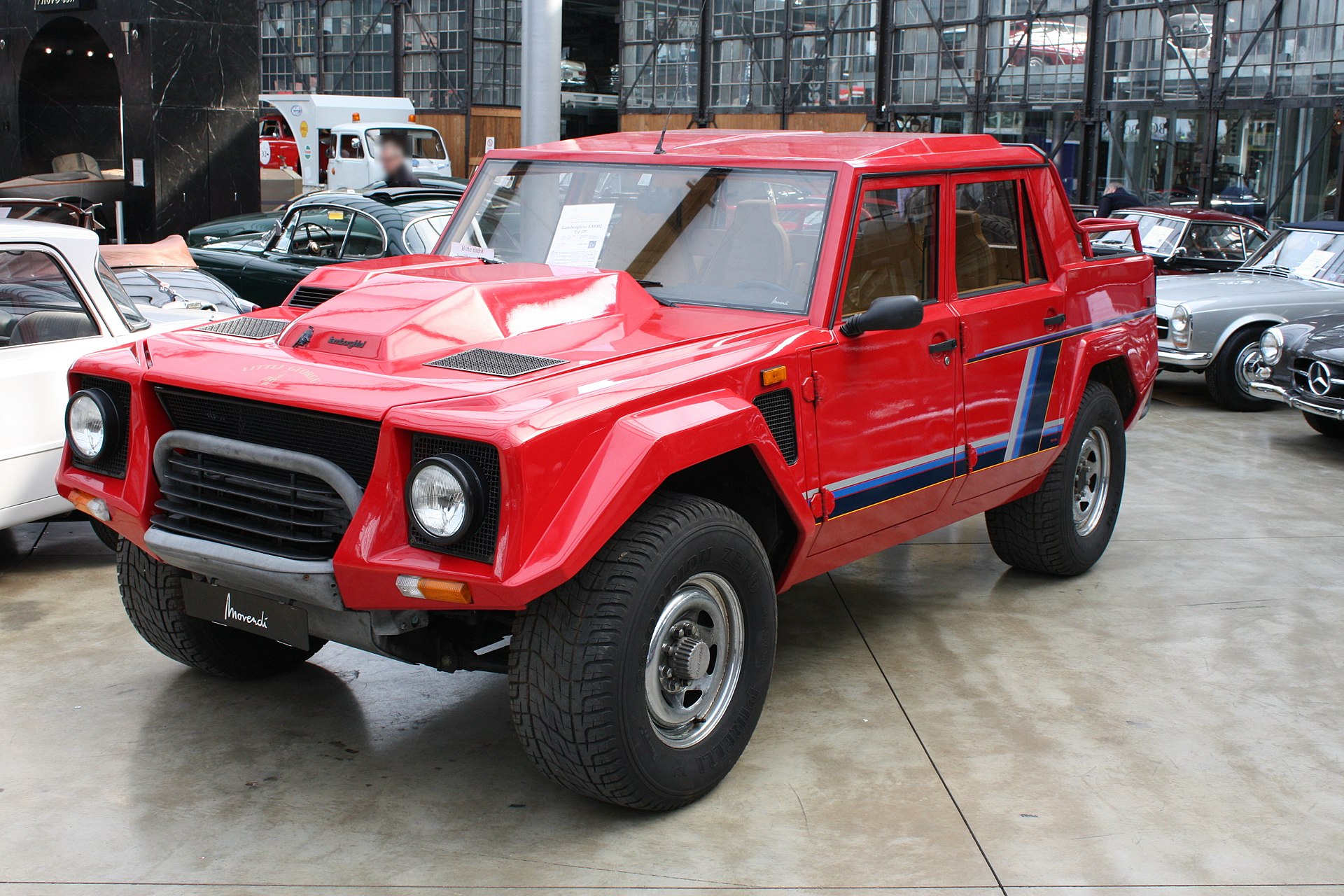
Many automakers at the time, interested in how the LM002 would be received, learned their lesson and stayed well away from performance SUVs. More family friendly SUVs, like the Ford Escape and the Toyota 4Runner, were the preferred vehicles for the common man, and luxury brands like Land Rover had their own wealthier clientele that liked their products to swathe them in leather and warm wood finishes, such as with the Range Rover, or Cadillac with the Escalade.
Then, in August of 2002, Porsche released their first V8 powered vehicle in a generation, which also turned out to be a performance oriented, midsize SUV, the Cayenne. Depending on which year the SUV was purchased in, as well as the many different submodels, power came as low as a V6 247 HP and as high as a twin-turbo V8 pumping out 542 HP. Keep in mind that between 2002 and 2010, the entirety of the first generation Cayenne, bespoke supercars were coming out with between 540 to 600 HP engines!
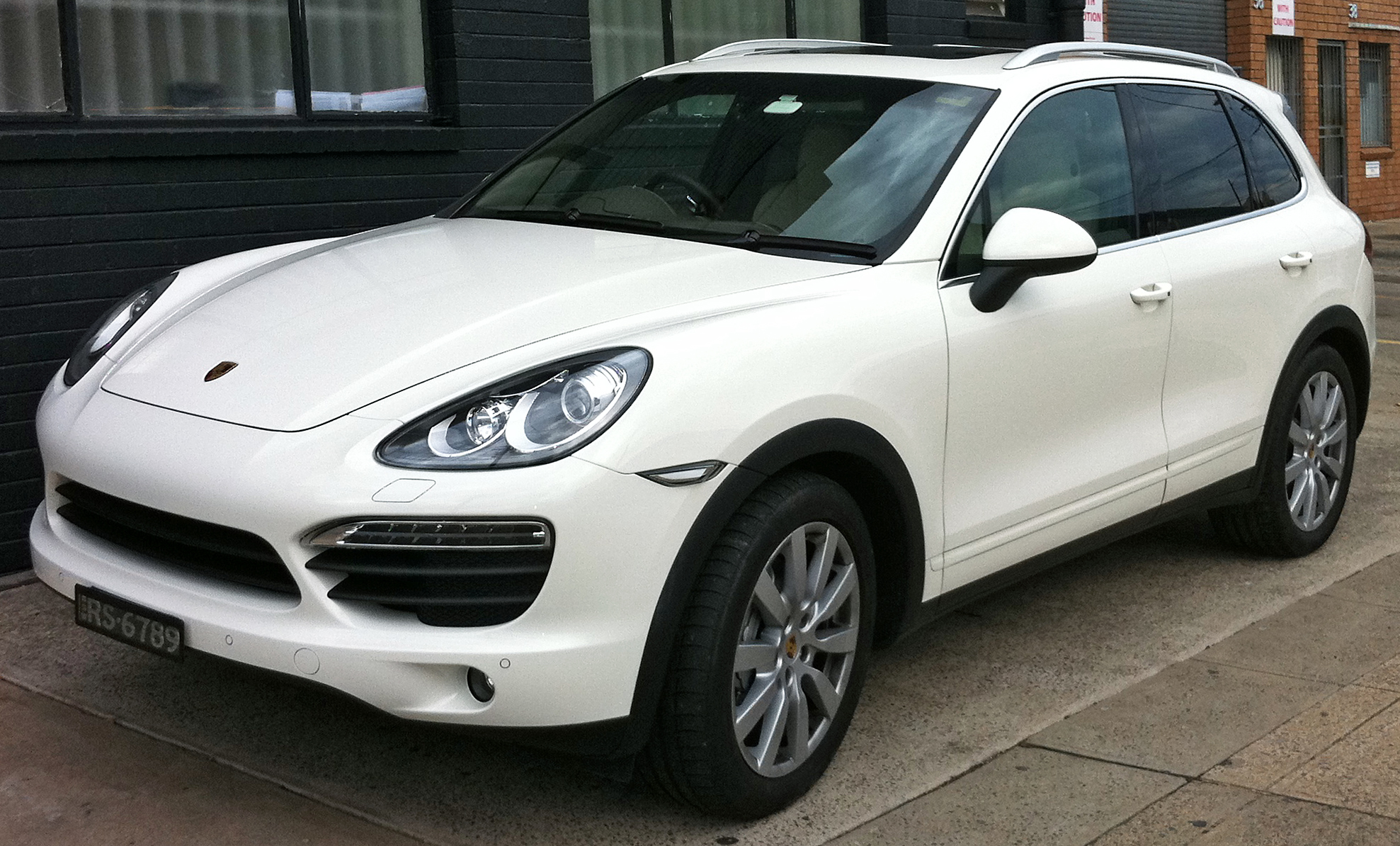
What shocked the world, however, was just how damned popular the Cayenne was. It was suddenly the “it” car for the celebrity elite to own. At the lower end of the range, it was possible that your neighbors could afford one. What they received was a super-SUV with tons of comfort and capability, enough room to fit the family, and a premium badge without needing to remortgage the house four times. That was the true genius of Porsche’s marketing, that instead of making the Cayenne exclusive to the wealthier clientele, they did make a few models that someone 10 to 20 years into their career, with a family but with money saved up, could afford.
Word of mouth spread the message that the Super-SUV was here, and here to stay, and it was Porsche’s German rivals that first clued in on the massive market. This is why Audi suddenly introduced the S-Line Q-series SUVs, with the V8s from their R8 supercar suddenly up front of the big vehicles, and why BMW introduced M versions of their successful SUVs, with turbocharged V8s pushing out nearly 550 HP.
Why Are All The Big Names Making One?
The answer to that question is one that lands in the “well, it’s really simple but also amazingly complicated” column.
The simple explanation is market demand. The Porsche Cayenne, and later its CUV brethren the Macan, were sensational hits the moment their tires touched pavement. The SUV market had exploded in the 1990s, but by the mid 2000s it was starting to saturate and while sales were not exactly slow, there was a slight drop-off in terms of market interest. By injecting a saturated market with something they hadn’t seen before, the Cayenne made everyone, not just the high performance market, sit up and take notice.
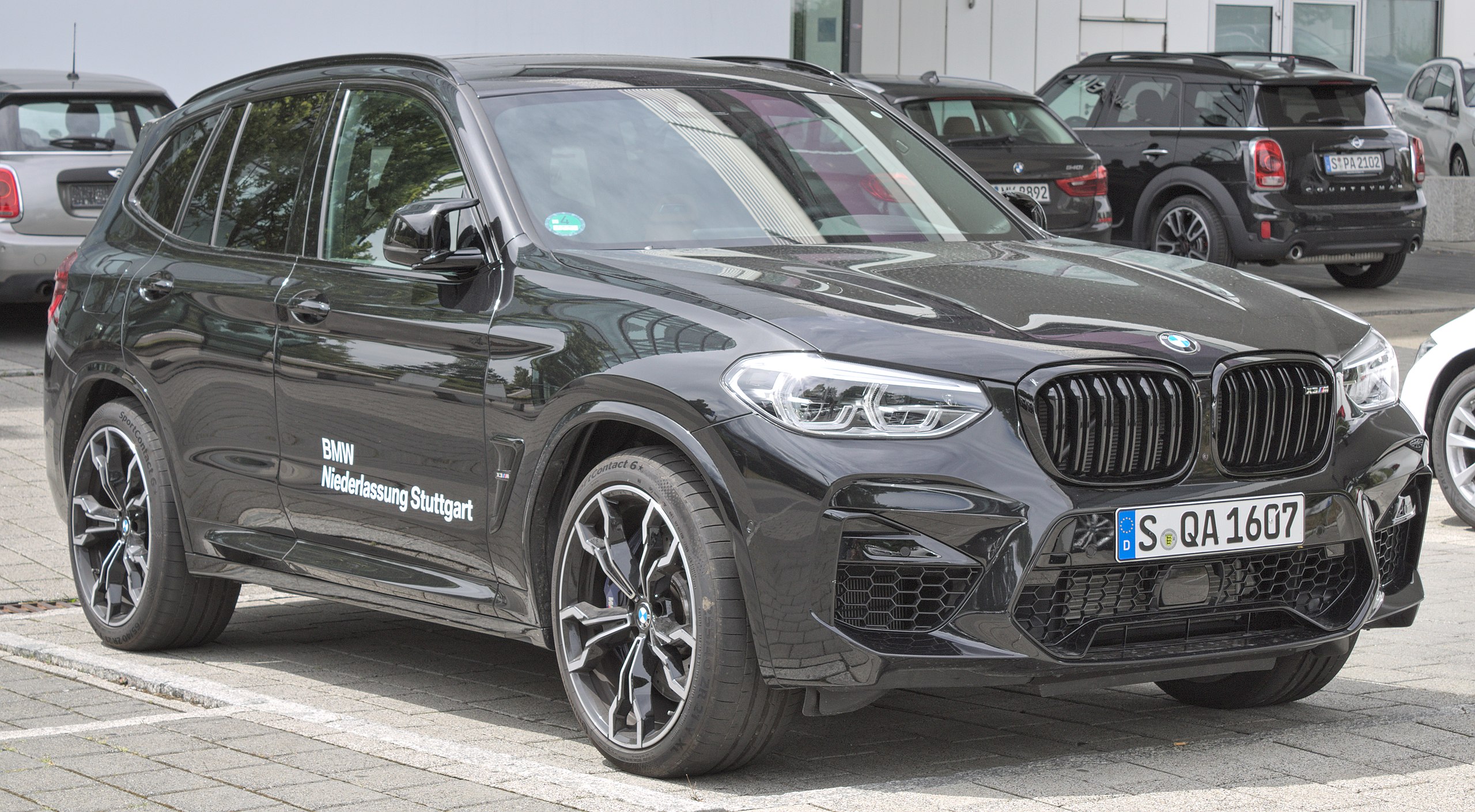
The more complicated part of the answer is that the Porsche Cayenne was so successful, so dominant, that even excellent efforts from fellow Germans BMW and Audi, with the M versions of the X-series and the S versions of the Q-series respectively, were outshone by the little company from Stuttgart. It was only once the Cayenne itself was starting to oversaturate the super-SUV market that all of the big names saw the opening they needed.
Lamborghini, which could by now realistically be called the super-performance arm of Audi, struck out first with the Urus. In every numerical way, it was spec-for-spec more powerful than the top-of-the-line Cayenne Turbo S, yet in its first two years of sales, it had a low adoption rate. However, once other manufacturers, seeing that Lamborghini was able to sell a super-SUV to compete with the Porsche, started to announce development or prototypes of their own super-SUVs, the Urus became a hot ticket item and, four years after its launch in 2017, had its 20,000th model roll out of the factory.
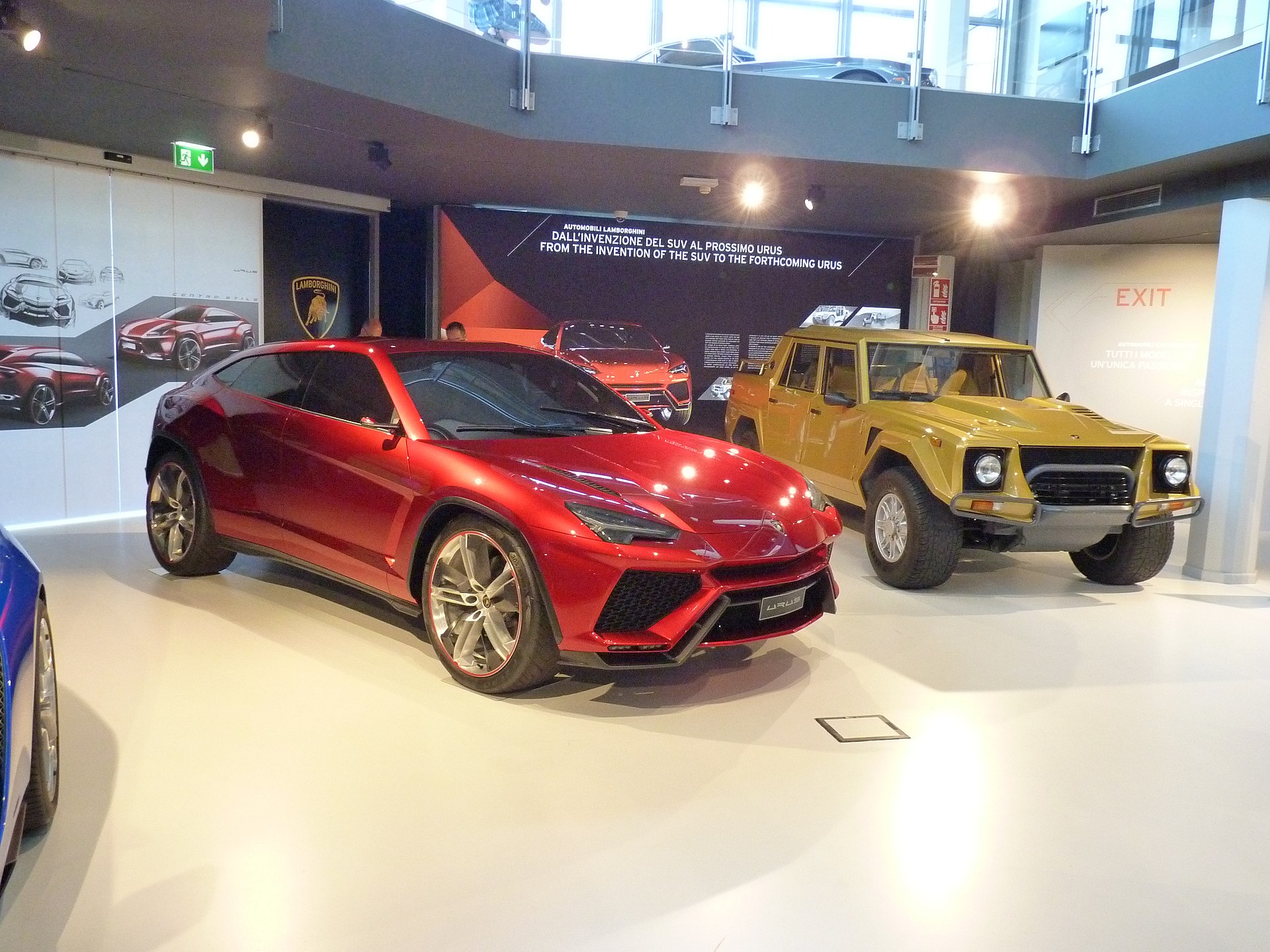
The models came flowing out into the market in 2019 and 2020, such as the Aston Martin DBX, the Bentley Bentayga Speed (the W12 was a performance SUV, but the Speed is the dedicated super-SUV for Bentley), and even luxury coachbuilder Rolls Royce entered the arena with the Cullinan and it’s massive 6.8L V12 engine. Yet, it could be argued that these models are more of a super-luxury-SUV compared to a pure, no-compromises, everything-in super-SUV like the Urus was when it was released.
The reason that all the big names are also making them comes back to the simplest thing: money. Where there is demand and not enough supply, there is opportunity. Where there is demand and enough supply, making your version special in some way, be it the badge, the name, the engine, whatever, you will still sell. If you have a recognized marque in a super-saturated market, you will still sell, with Lamborghini being a perfect example of that as they are known for having the craziest, most bedroom-wall-poster car designs that literally move cars out of the factory doors on aesthetics and looks alone. The challenge, truly, is for the small manufacturer or new guy on the block trying to make an impact, which in the supercar world last occurred in 2010 when McLaren slammed a sledgehammer of a car into the middle of the established market and then politely, in a most British way, introduced itself.
For the super-SUV market, however, the oldest of the old guard has finally thrown their hat into the ring, and it has literally brought a wrecking ball to a sledgehammer fight.
Case Study: The 2023 Ferrari Purosangue
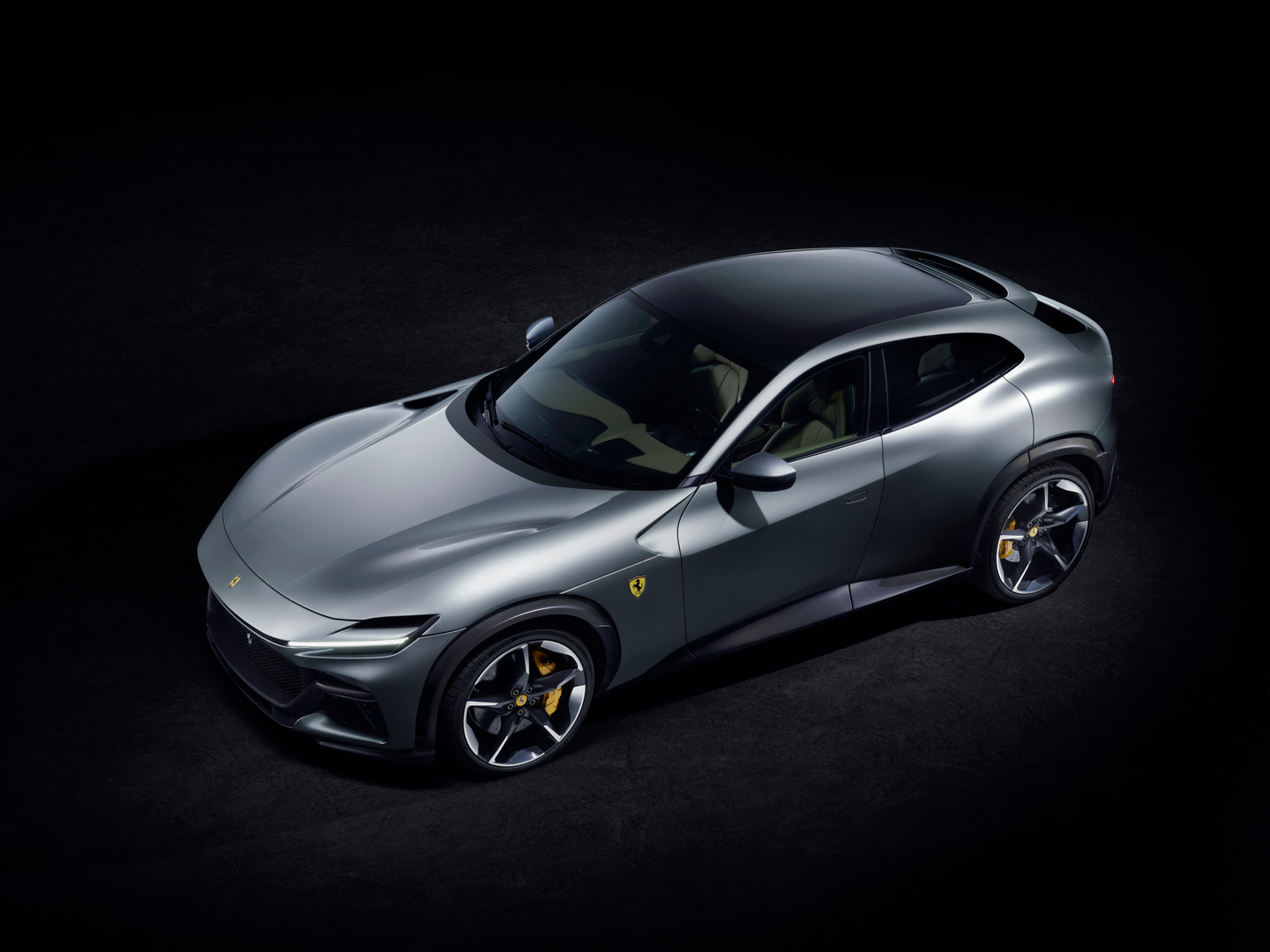
The first thing that strikes about the 2023 Ferrari Purosangue is just that, its name, as literally translated, it means “pure blood.” In equine husbandry and breeding, you have a gigantic population of mixed breed or, for this example, “mixed blood” animals, and these are the horses that you can buy at the local ranch auction or from generalist breeders. For race horses, however, lineage, bloodline, breed, it is all extremely important. You want the purest, single lineage breed, or, as Ferrari have named their super-SUV, “Pure Blood.”
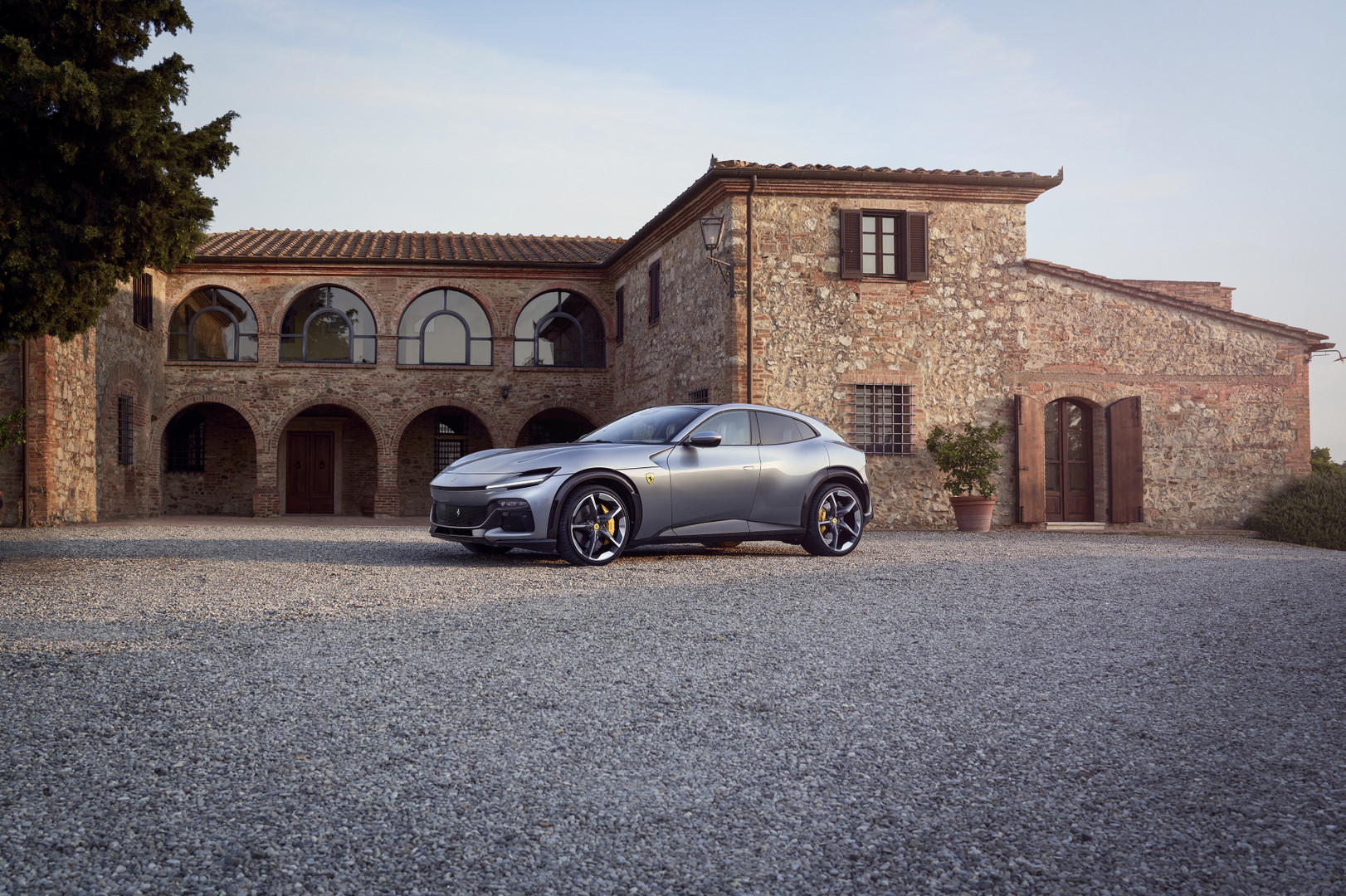
What sets the Purosangue apart from the pack is that, like the Urus from Lamborghini, it is based around the “super” part of the name, instead of the “SUV” half of super-SUV. The Ferrari name itself means pedigree, heritage, performance first, and a whole slew of other marketing adjectives that sound great in a brochure. The simplest fact of the matter is that for Ferrari to be able to put their name and badge on the Purosangue, it must be a super-performance vehicle first.
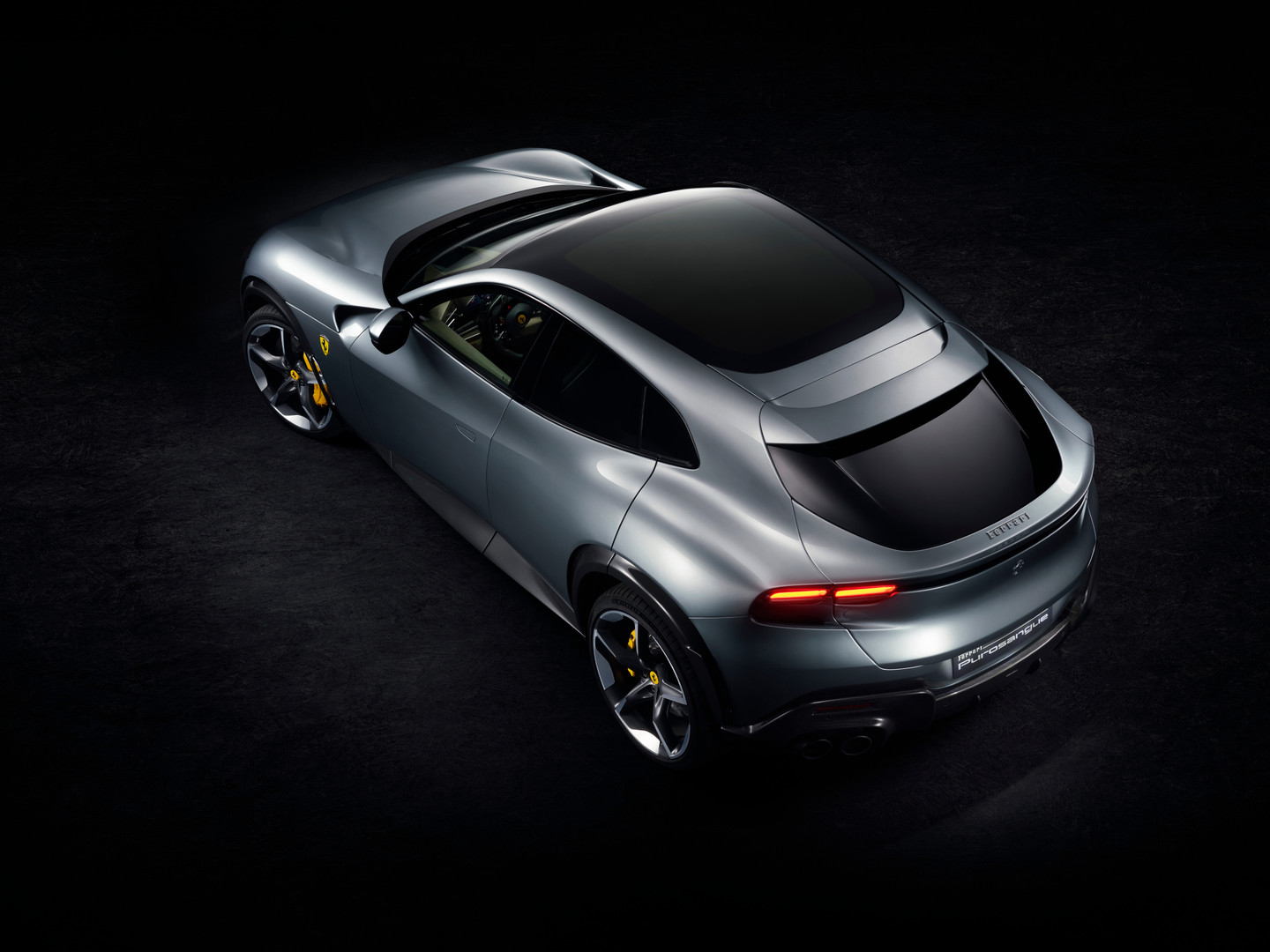
To start, the Purosangue shares the base platform that the sensational Ferrari Roma uses, and like many of the 2+2 coupes style cues from the history of the prancing horse, it uses a fastback aesthetic. However, the super-SUV from Maranello will be both the first production SUV and first production four door vehicle, so they spared no expense in making it quite possibly the best super-SUV the world has seen.
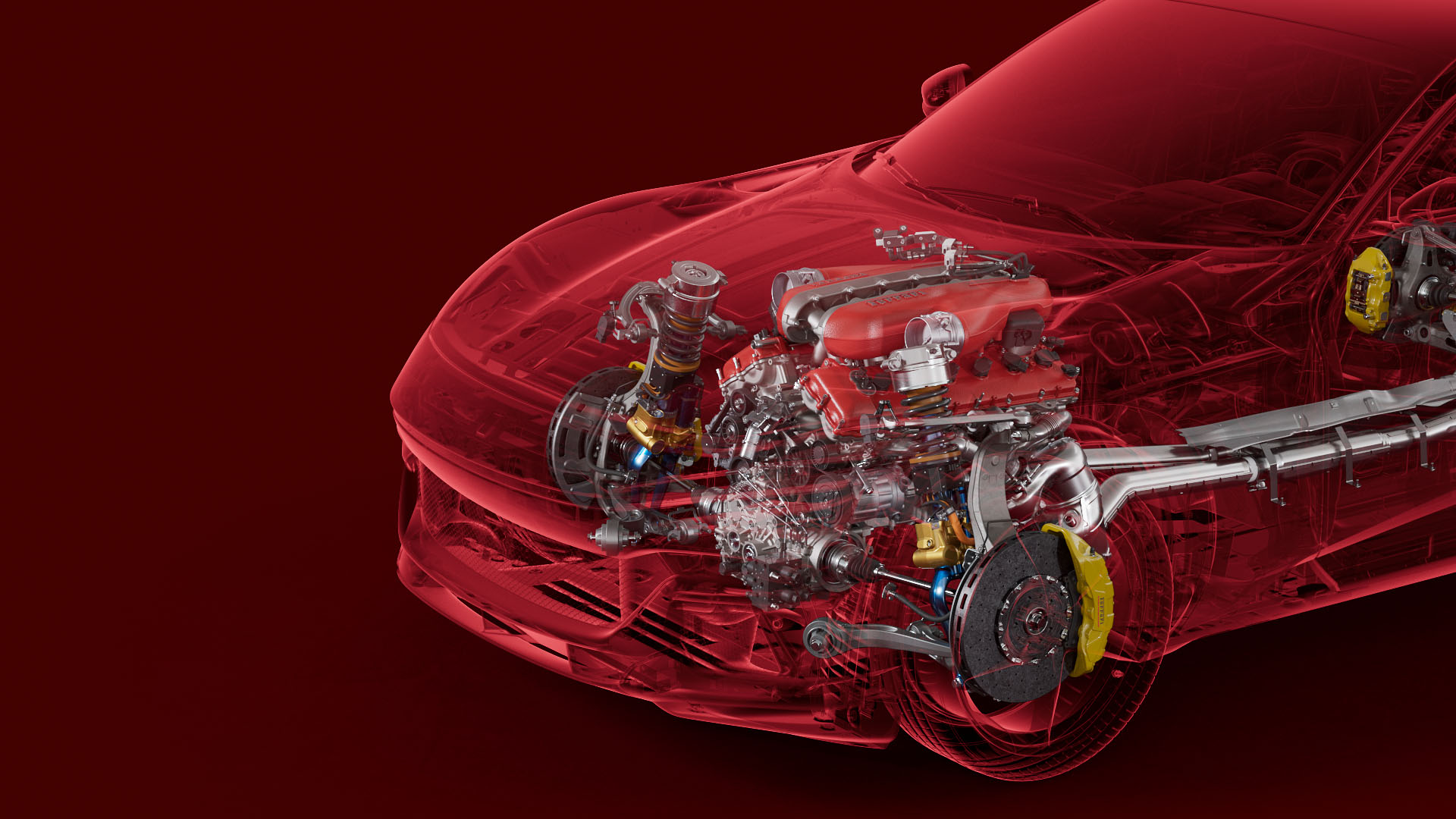
To start, it has the most powerful engine ever fitted to an SUV, the naturally aspirated F140 IA 6.5L V12, producing no less than 715 HP and 528 lbs-ft of torque. If that engine code is tickling at the back of your brain, it is a rework and update of the F140 GA from the 812 Superfast, which itself was a rework and update from the F140 B that powered the Ferrari Enzo. The fact that the engine is shared with the 812 also means that there is a ton of performance headroom for a special edition version of the Purosangue in the future, much like the 812 has the Competizione version.
This will be transmitted to a complex all-wheel-drive system that is fed power from an all new 8-speed dual-clutch transmission. The AWD system will only be active in the first four of the eight gears, and only up to 124 MPH, after which it is rear-wheel-drive only. Performance figures released by Ferrari state that the Purosangue will do 0 to 62 MPH in 3.3 seconds and, due to time spent in the wind tunnel and using computer fluid dynamic simulations during development, will have a top speed of 193 MPH.
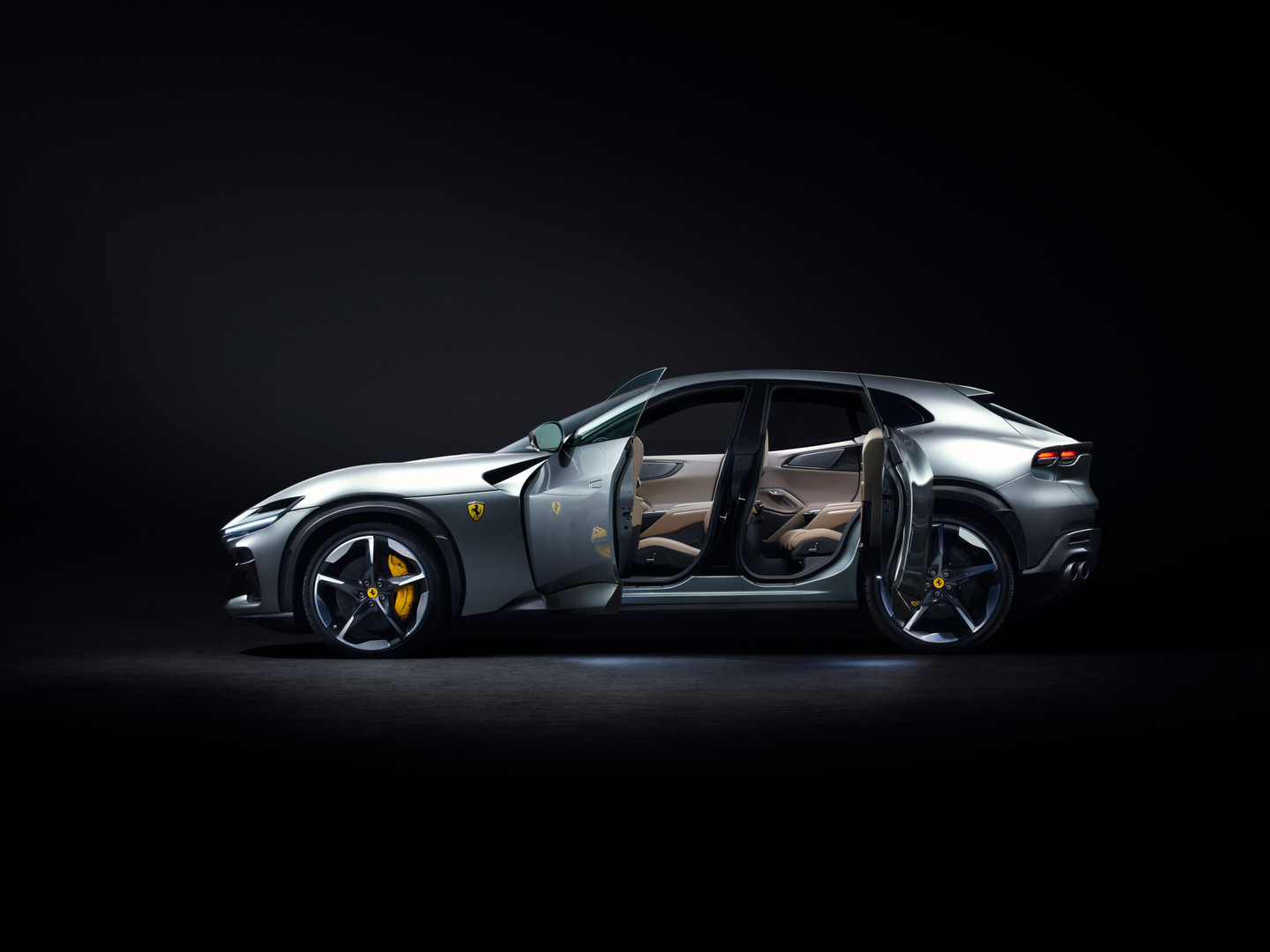
Like most Ferrari vehicles, the Purosangue is built from the latest advancements in motorsports grade aluminum and carbon fiber, making it very light for a super-SUV at just a hair over 4,480 lbs (2,033 kg). Compare that to the 4,880 lbs (2,214 kg) weight of the top-spec Porsche Cayenne Turbo GT, which also has 86 less HP than the prancing horse.
In fact, the only super-SUV that will even approach the power and speed of the Purosangue once it’s on the road will be the top spec Porsche Cayenne Turbo S E-Hybrid, which produces 690 HP and has a performance hybrid solution lifted from the 918 Spyder to give it the punch that it needs to compete. Even then, the Cayenne is still 0.2 seconds slower to 62 MPH than the Ferrari… at least on paper.

The purpose of this case study is not to say that the Purosangue won’t have any competitors or that it is the be-all-end-all super-SUV. The purpose was to show that much like the supercar itself, one company took the chance to make and sell one, other companies saw that it was successful, and then one company came out with a model that quite literally becomes the new reference point to compare against. With supercars, that was the Lamborghini Miura starting it off, and then the McLaren F1 became the de facto reference point until the first true hypercar, the Bugatti Veyron, emerged.
In essence, we are witnessing the emergence of the new reference point in 2023, and quite possibly the last internal combustion powered version of one. There are almost certainly going to be electric performance SUVs that will monster all of the Ferrari Purosangue’s numbers, but until that day, welcome, everyone, to the newest reference point in the Super-SUV market.


